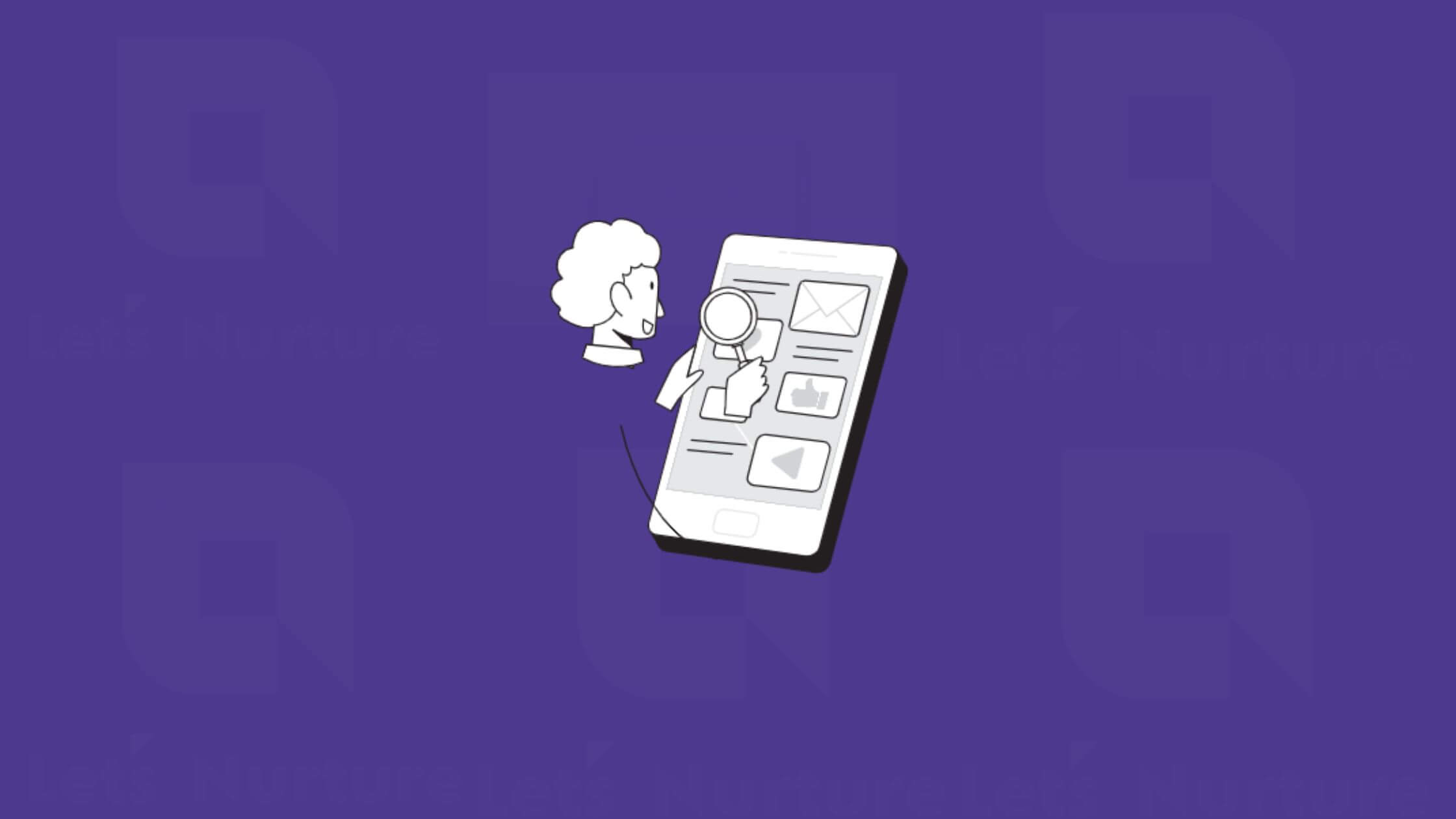- Tech Services

Concept Development
- Industry
- Emerging Tech
- Generative AI Hub
- Blog
- Contact Us

Integrating Time Series Analysis into Mobile App Development: Unlocking Predictive Insights for Enhanced User Experiences
In Lets Nurture
09
Jun. 23583
VIEWSIn the realm of mobile app development, leveraging time series analysis can unlock powerful predictive insights, enabling app users to make informed decisions and stay ahead of the curve. This blog explores the integration of time series analysis techniques, such as ARIMA, SARIMA, or LSTM, into mobile app development. By implementing these techniques, mobile apps can provide users with accurate predictions, trend analysis, and valuable insights, revolutionizing the user experience. This comprehensive guide will walk you through the steps of integrating time series analysis into mobile app development, from data collection to visualization, ensuring that your app delivers predictive capabilities that delight and empower users.
Data Collection and Preparation
Implementing time series analysis in mobile app development begins with collecting and preparing the relevant data. Identify the data points required for analysis, including timestamps and associated variables. Consider using APIs or data feeds to fetch real-time or historical data, ensuring a rich and up-to-date dataset.
Once the data is collected, it needs to be preprocessed. Perform data cleaning to handle missing values and outliers. Additionally, consider data transformations like normalization or scaling to ensure uniformity and improve analysis accuracy. This preprocessing step lays the foundation for accurate predictions and insights.
Model Selection and Training
Selecting an appropriate time series analysis model is crucial for accurate predictions. Common models include ARIMA, SARIMA, and LSTM. Evaluate your app’s requirements, data characteristics, and the complexity of the time series patterns to determine the most suitable model.
Utilize machine learning frameworks like TensorFlow or PyTorch to implement and train the chosen model. You can also explore existing libraries that offer pre-built models for time series analysis. Train the model using the preprocessed dataset, optimizing hyperparameters to achieve the best performance.
Backend Integration
Integrate the time series analysis model into the mobile app’s backend. Develop an API or web service that exposes the model’s predictive capabilities. Host the API on a server or cloud platform to ensure scalability and availability.
The API should accept input data, such as historical data points, and return predictions or insights. Define the input format, data structure, and any additional parameters required for the analysis. Implement error handling and appropriate response formats for seamless communication with the app.
Mobile App Integration
Integrate the backend API into the mobile app. Design and develop the necessary components to send requests to the API, pass the relevant data, and receive responses. Implement client-side logic to handle API communication, error handling, and data formatting.
Ensure secure communication by employing encryption and authentication mechanisms. Consider implementing caching mechanisms to optimize response times and reduce API calls when handling frequently accessed data.
Visualizations and User Experience
Design and implement visualizations or user interfaces within the mobile app to present the predictions, trends, or insights generated by the time series analysis. Use charts, graphs, or interactive elements to enhance the user experience and make the information more digestible.
Consider the context and purpose of the predictions or insights to design intuitive and user-friendly visualizations. Allow users to customize or filter the data to explore different scenarios. Implement features like zooming, panning, or real-time updates to provide a dynamic and engaging user experience.
Testing, Optimization, and Maintenance
Thoroughly test the integration of time series analysis features within the mobile app. Verify the accuracy of predictions, responsiveness of the app, and the overall user experience. Optimize the performance of the analysis models, ensuring efficient computation and quick response times.
Monitor the performance of the integrated features, collecting user feedback and usage data. Continuously update and refine the models to adapt to changing patterns in the data and improve prediction accuracy. Stay up-to-date with advancements in time series analysis techniques and consider implementing improvements or new models as needed.
Integrating time series analysis into mobile app development offers tremendous potential to enhance the user experience and provide valuable predictive insights. By following the steps outlined in this blog, you can seamlessly incorporate time series analysis techniques like ARIMA, SARIMA, or LSTM into your mobile app. Empower your users with accurate predictions, trend analysis, and data-driven insights, enabling them to make informed decisions and stay ahead in their respective domains. Stay committed to continuous improvement, leveraging user feedback and performance monitoring to refine the predictive capabilities of your app. With the power of time series analysis at your fingertips, your mobile app can deliver an exceptional and insightful user experience.




